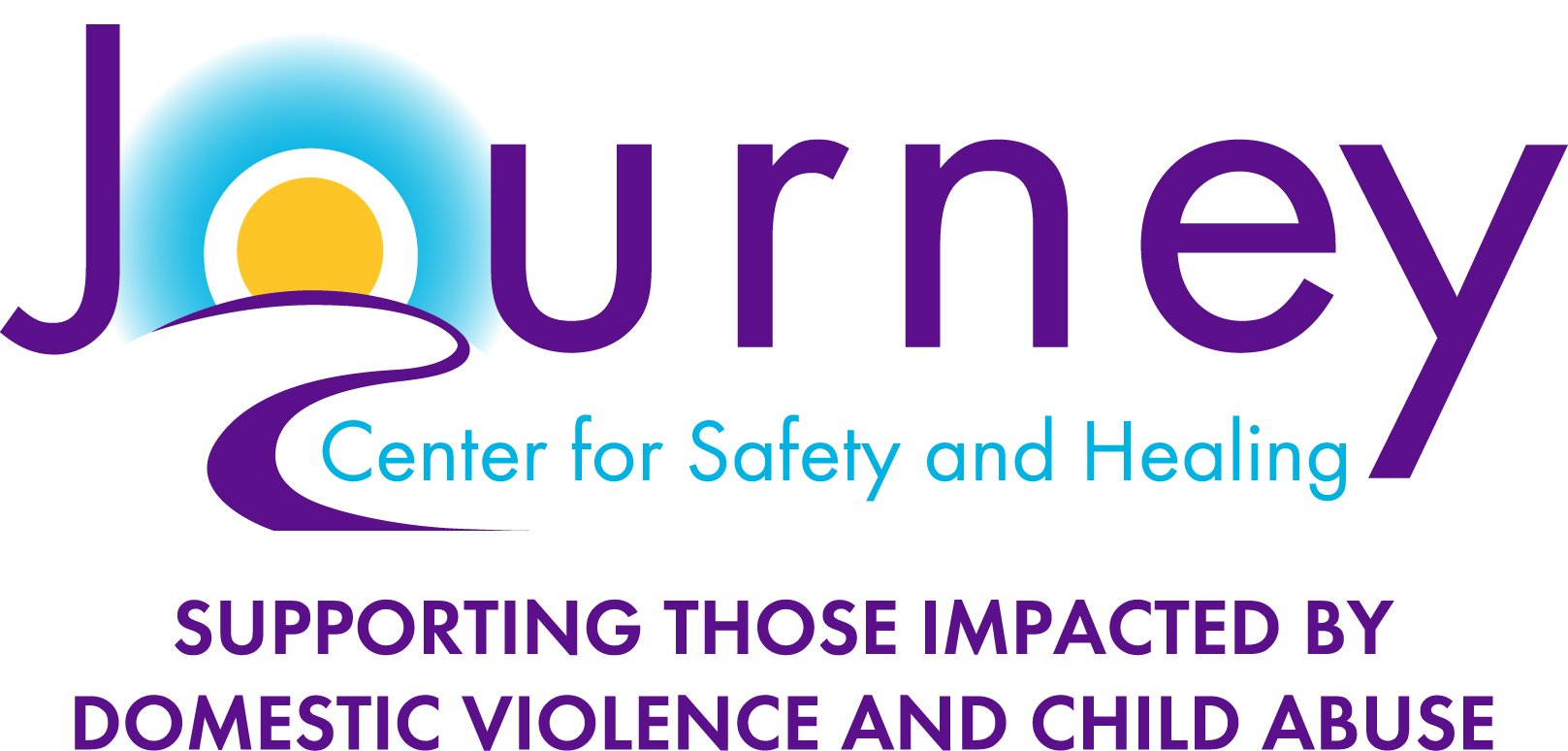A Day in the Life of DVHFI's Housing Manager
My day begins with assessing the needs of the survivors I support. I start by checking voicemails, reading through emails and text messages, and responding to any urgent concerns. From there, I create a plan for the day based on the needs that have come up and the appointments scheduled. I always call ahead to confirm meetings with survivors, not just for logistics but to ensure they feel safe and ready for our time together.
When visiting a survivor in their new home, now safely housed, I take a moment to reconnect on a human level. We talk about how they’ve been since we last met, and I use these conversations to gently guide the discussion toward self-care, emotional well-being, and progress on their case management goals. For survivors with children, I often find myself chatting with their children as well - asking about school and offering a moment of normalcy in what may still feel like a new or uncertain chapter.
Before I leave a visit, I always make sure the survivor feels grounded and supported. I check in to ensure they’re feeling prepared and confident about the goals they’ve set for themselves, and that our communication helped reinforce their sense of safety and empowerment.
During initial home visits, we begin with a comprehensive safety plan. We identify the closest police station, discuss how to get there and review options if the survivor suspects they are being followed- such as driving to a police station rather than home. I reassure them they don’t need to go inside unless they want to, but if they choose to, they can file a report to document stalking or harassment.
We also talk about personal and vehicle safety. I discuss signs a vehicle might be tracked and how to respond. I provide practical safety tools such as door security bars or a Ring camera when funding allows, and we review confidentiality concerns - especially for survivors with children. We talk about protecting their address, securing school and daycare information, and planning for emergencies.
Once safety has been addressed thoroughly, we shift toward client-centered goal setting. Survivors are in control of this process - my role is to empower and support. I help identify their strengths, connect them with community resources, and reinforce that they are capable of rebuilding their lives. These goals are always led by the survivor, not imposed by the case manager.
By the end of the day, I may have worked with multiple families, completed safety planning, connected survivors to vital resources, and planted seeds of long-term stability. Each day is different, but the heart of the work remains the same: restoring a sense of safety, autonomy, and hope.
